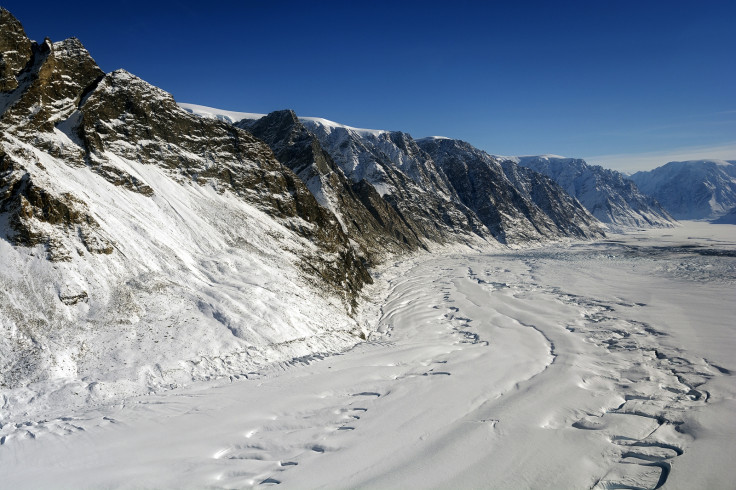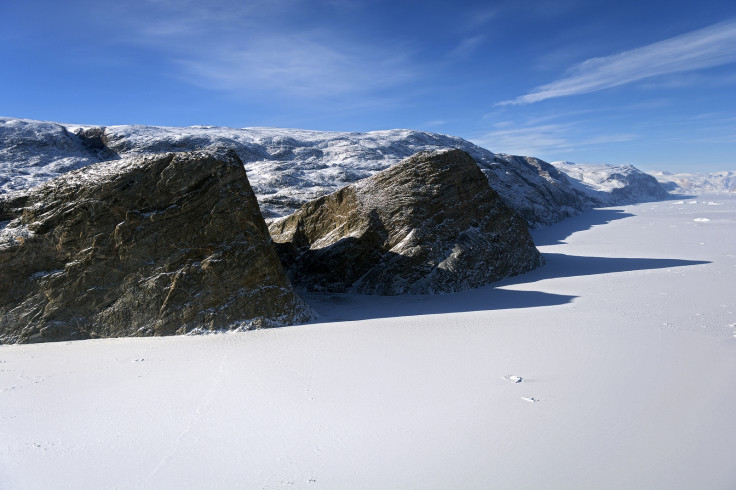Greenland ice sheet melting faster with rising temperatures

The faster the world acts to prevent melting of the Greenland ice sheet the better, says a study showing that the melting rates increase with temperature.
Computer model experiments done by Penn State geoscientists show that the time necessary for ice mass loss from the Greenland ice sheet decreases steeply with increases in temperature.
Faster melting implies faster sea level rise.
If all the ice in the Greenland ice sheet melts, global sea level would rise by about 24 feet.
Considering that about a billion people live in places that would be flooded by a three-foot sea level rise, the study has major implications on delayed action.
"Our analysis suggests that the benefits of reducing greenhouse gas emissions, in terms of avoided sea level rise from the Greenland Ice Sheet, may be greatest if emissions reductions begin before large temperature increases have been realized," the researchers say in the study published in Climate Dynamics.
Greenland is believed to be especially vulnerable to melting because it sees about 50% more warming than the global average.
As the Arctic sea ice melts and gives way to water, sunlight that is usually reflected back by ice is absorbed and warms the waters, triggering further melt.
Decreasing Arctic sea ice coverage over the last few decades is expected to accelerate temperature rise over Greenland.
The Greenland ice sheet rests on bedrock that is above sea level. A warm year in Greenland causes more melt around the edges of the ice sheet, lowering the surface.
The lower surfaces see higher temperature than altitudes and hence even more melting. This process can lead to accelerated ice melt and sea level rise.
Ice sheets generally tend to spread. This spreading can either help preserve the ice sheet by allowing it to adjust to increased temperature or accelerate ice melting by moving ice to lower, warmer, places.
The researchers looked at two models of the Greenland ice sheet incorporating both kinds of feedbacks. The first model is a three-dimensional ice sheet model. The second model looks at a transect across the island.
Both showed that the time necessary for ice mass loss from the Greenland ice sheet decreases steeply with increases in temperature.
Complex mechanisms
It has been known for some time that the Greenland ice sheet is more sensitive to climate change. Earlier studies have noted that existing ice sheet models are too simplistic and cannot accurately predict the future of the massive Greenland ice sheet.
The ice sheet shed about 243 gigatonnes of ice per year from 2003-09. Equivalent to about 277 cubic kilometres of ice, this is enough to raise ocean water levels the world across by about 0.68 millimetres per year.
The region could lose ice more rapidly in future than thought.
The Greenland ice sheet slides over hard impermeable bedrock. However, new research suggests the ground has soft and porous sediments, similar to the soft and muddy bottom of a lake.
With different parts of the ice moving at different speeds, a phenomenon known as ice flow results. Besides the surface melting, increased flow of ice also leads to melt. Much is still not understood of the exact mechanisms involved in the complex process.

© Copyright IBTimes 2025. All rights reserved.





















